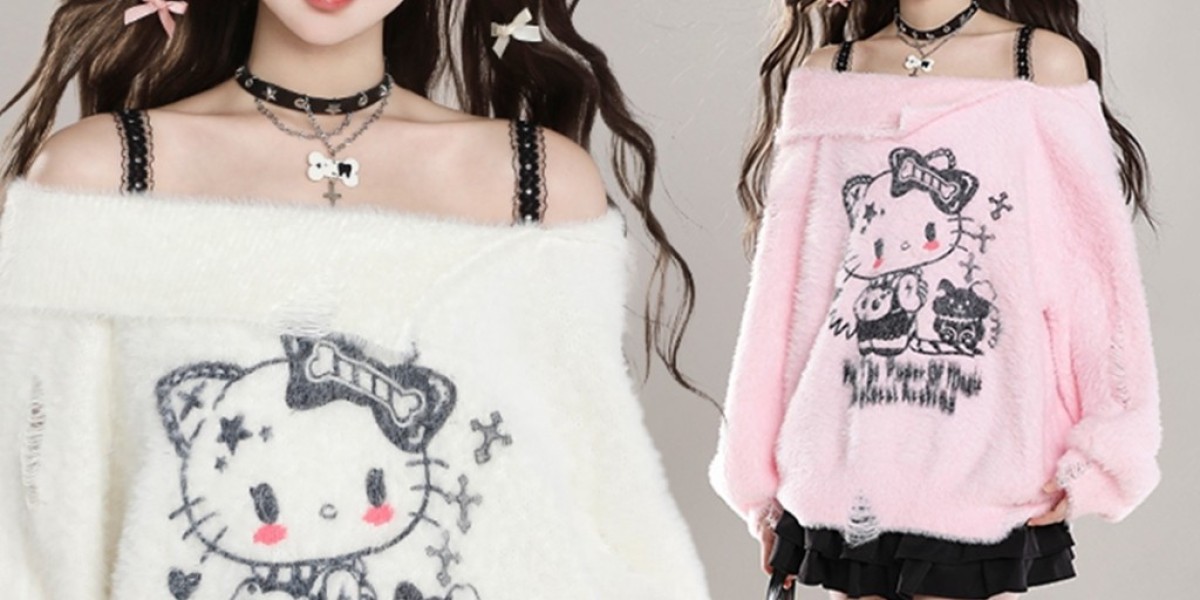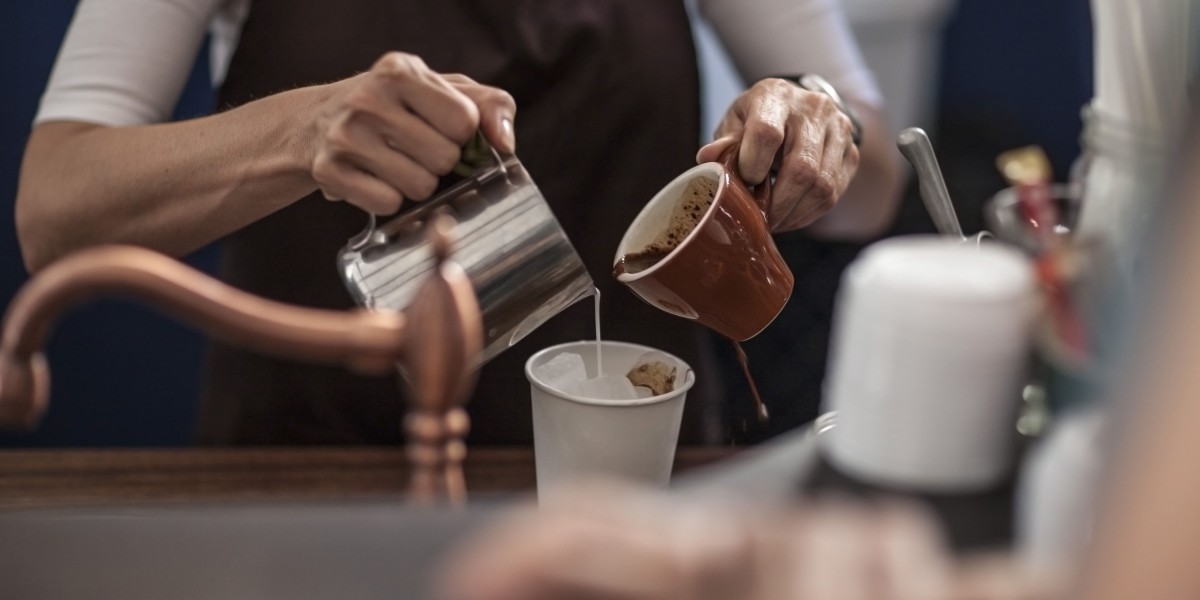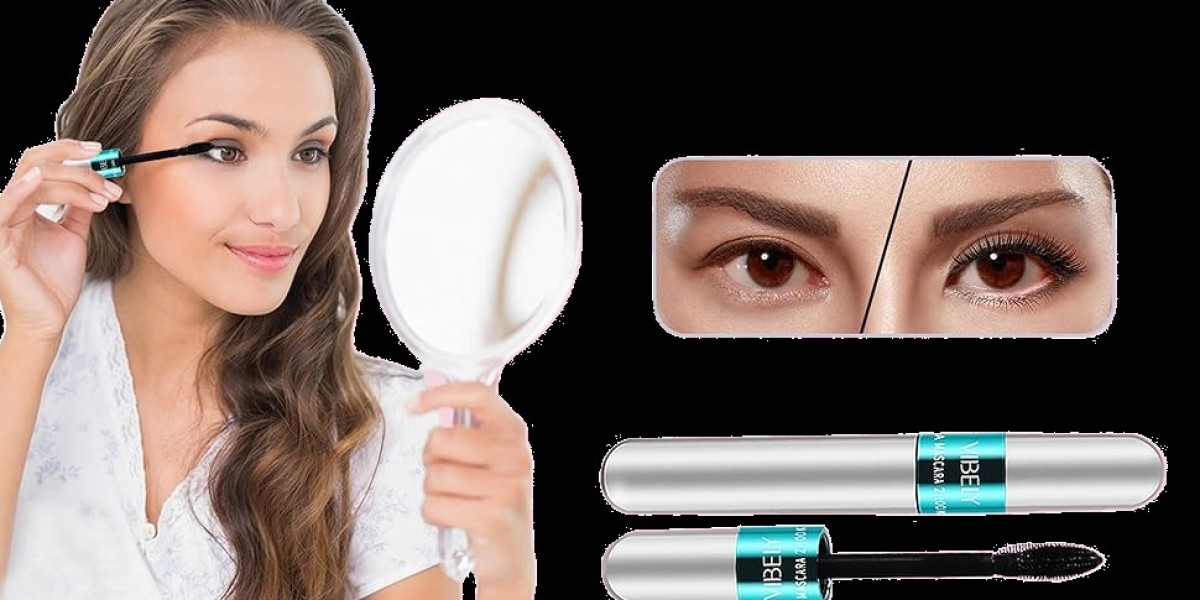Introduction
In recent times, the idea of kawaii trend has gained recognition both in Japan and world wide. Characterized by its cute and playful aesthetic, kawaii outfits are a singular type of self-expression that has captivated vogue lovers of all ages. This text goals to explore the science behind aesthetic kawaii outfits, uncovering the psychological and sociological components that contribute to their enchantment.
The Psychology of Kawaii
The time period "kawaii" is derived from the Japanese phrase for cute, and is commonly associated with a way of innocence, vulnerability, and adorableness. Psychologists believe that the attraction of kawaii style lies in its capability to evoke constructive emotions and create a way of comfort and safety. The usage of pastel colors, cartoon characters, and whimsical motifs in kawaii outfits can set off feelings of nostalgia and bring back memories of childhood.
Moreover, analysis has shown that exposure to cute photos can activate the brain's reward system, resulting in the discharge of dopamine, a neurotransmitter associated with pleasure and motivation. This neural response to kawaii stimuli might explain why people are drawn to kawaii style, because it gives a quick and simple means to boost mood and elevate one's spirits.
The Sociology of Kawaii
From a sociological perspective, kawaii trend can be seen as a type of rebellion against typical magnificence requirements and gender norms. By embracing a style that prioritizes cuteness over sexiness, kawaii lovers challenge societal expectations and assert their individuality. In a culture that values conformity and uniformity, kawaii vogue supplies an area for self-expression and creativity, allowing people to carve out a novel id in a sea of homogeneity.
Furthermore, kawaii trend is often related to youth and femininity, as it is often worn by teenage ladies and young ladies. The prevalence of kawaii outfits in common media, akin to anime and manga, has contributed to the widespread adoption of this aesthetic among a youthful demographic. By carrying kawaii clothes, individuals can signal their membership in a subculture that values playfulness, lightheartedness, and self-care.
The Aesthetics of Kawaii
In terms of aesthetics, kawaii outfits are characterized by their use of brilliant colors, whimsical patterns, and oversized equipment. Pastel hues like pink, lavender, and mint inexperienced are commonly used in kawaii style to create a delicate and soothing palette that appeals to the senses. In addition, kawaii outfits often feature adorable motifs corresponding to hearts, stars, and animals, which add a playful and childlike charm to the overall look.
One key component of kawaii trend is the idea of "cute aggression," which refers back to the contradictory emotions of eager to hug and squeeze something that's overwhelmingly adorable. This phenomenon is usually seen in kawaii outfits that characteristic exaggeratedly massive bows, ruffles, and frills, which mimic the appearance of doll-like clothing. By exaggerating certain features and proportions, kawaii style taps into our innate desire to nurture and protect cute and susceptible things.
Conclusion
In conclusion, the science behind aesthetic kawaii outfits reveals a fancy interplay of psychological, sociological, and aesthetic factors that contribute to their reputation. By harnessing the ability of cuteness and childlike innocence, kawaii vogue offers a form of escapism and self-expression in a world that can usually feel overwhelming and chaotic. Whether or not worn as a form of rebellion, a source of comfort, or a technique of creative expression, kawaii outfits hold a novel and enduring attraction that transcends cultural boundaries.







